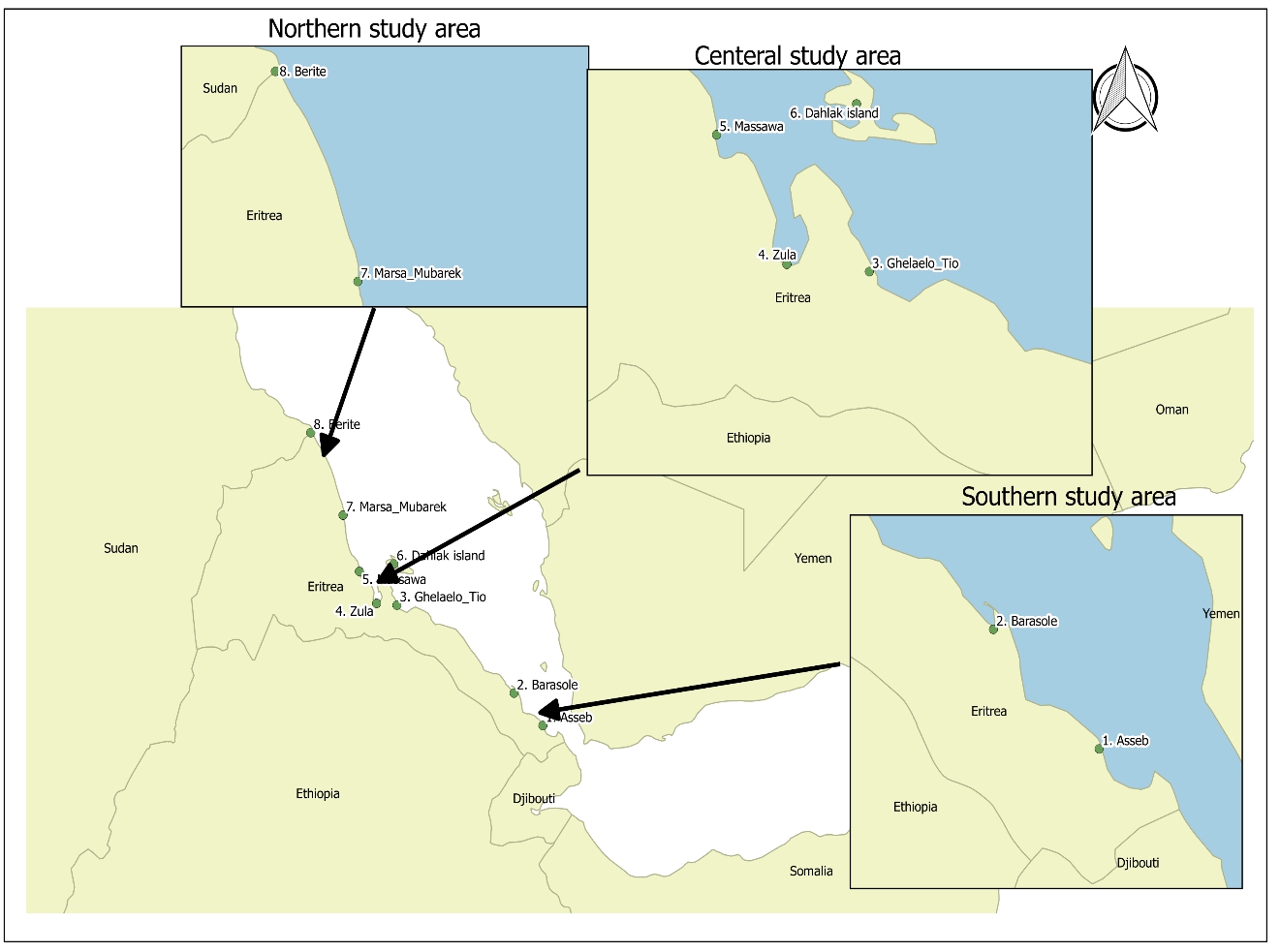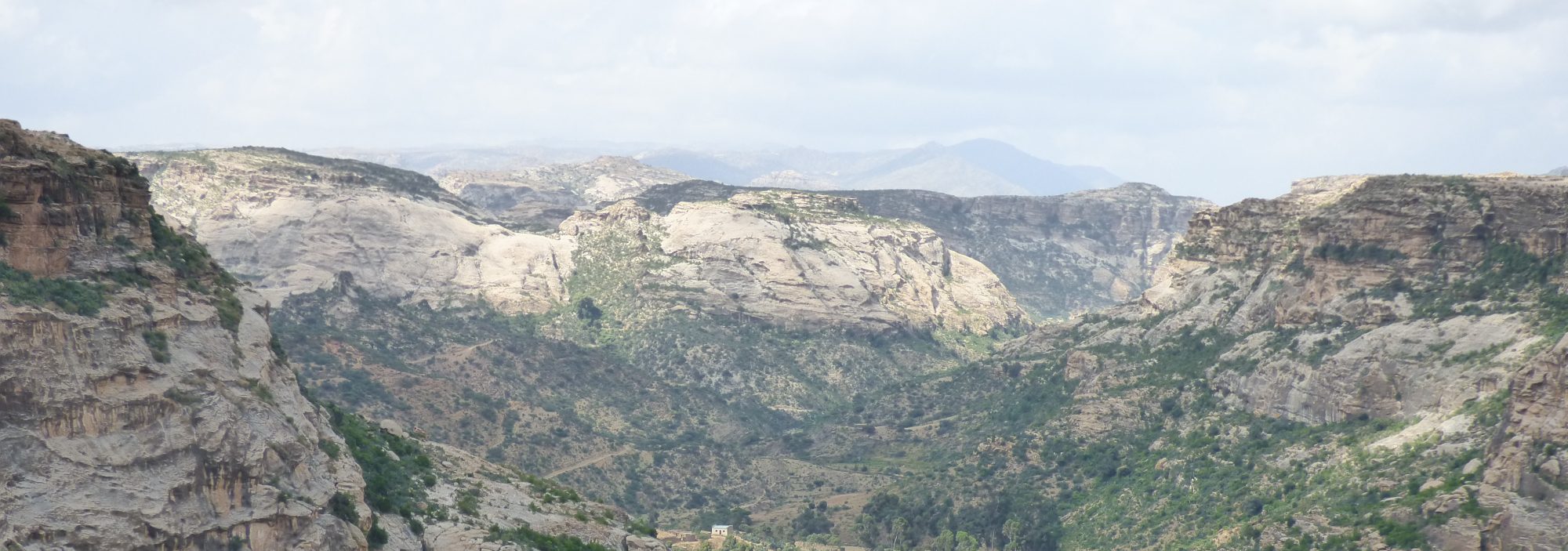Elias Gebreluul: Spatio-Temporal Changes on Mangroves of the Eritrean Red Sea Using Remote Sensing Techniques
Abstract
Across the Earth, mangroves play an important role in coastal protection, both as nurseries and carbon sinks. However, due to various human and environmental impacts, the coverage of mangroves is declining on a global scale. The major distribution of mangrove are restricted in the northern part of the Red Sea. Little is known about the surface coverage by mangroves at this northern limit. Little information is available regarding the changes experienced by Red Sea mangroves.
The present study was performed by using multi-temporal Landsat (7 and 5) and Sentinel-2 data (1999, 2009 and 2017). Interestingly, the results showed that there had been no decline in mangrove coverage in the Eritrean Red Sea coast but rather a slight increase by 13% was recorded in the present study (1999-2017). This expansion is the net result of the balance between losses and gain, where afforestation projects and natural replenishment of mangrove played an important role.
Whereas, rapid development of sea cucumber fisheries from 2002 to 2006 resulted in decrease of mangrove cover in the central part of the Eritrean coast where mangrove trees were cut to process the sea cucumber. The presence of few coastal population and urban development project along the coast plus the traditional beliefs of the Afar people on protecting the plant and animals present in the coast had also played an important role in maintaining and expanding mangrove along the Eritrean Red Sea.
However, coastal development and its related activities may represent future threat for mangrove ecosystem unless mangrove conservation receives prominent attention as a required milestone at the planning stage.




